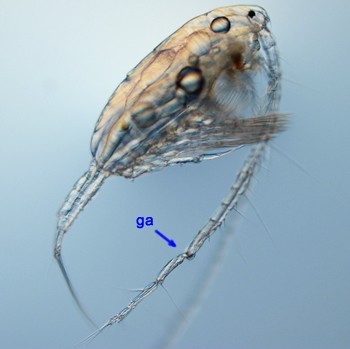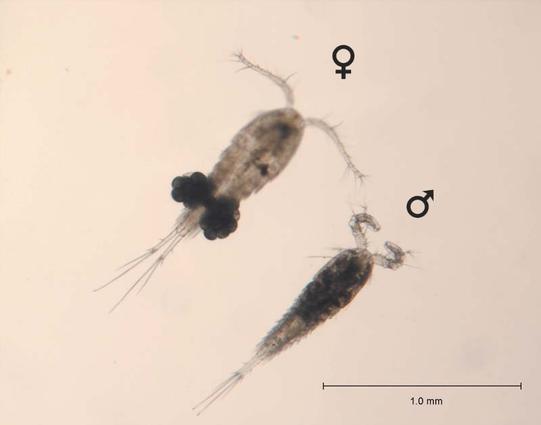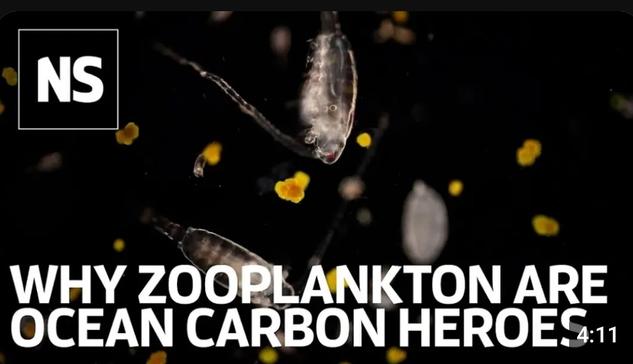27-Jun-2025
Tiny ocean migrants play a massive role in #SouthernOcean #carbonStorage
A groundbreaking study has revealed that small but mighty #zooplankton—including #copepods, #krill, and #salps—are key players in the Southern #Ocean’s ability to absorb and store #carbon.
https://www.eurekalert.org/news-releases/1089054 #science #ecology #climateCatastrophe


